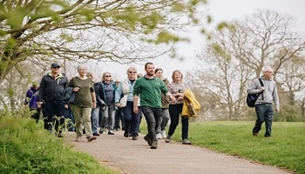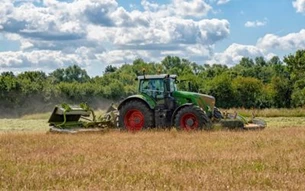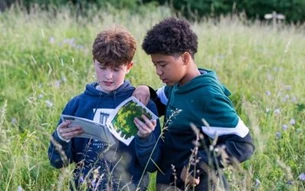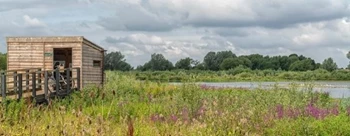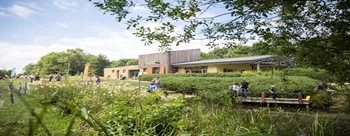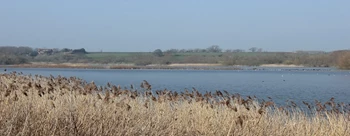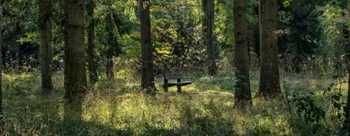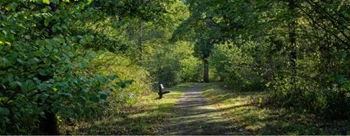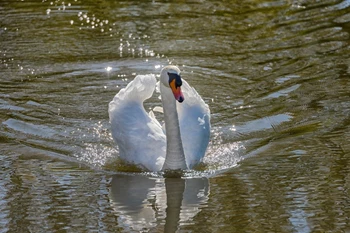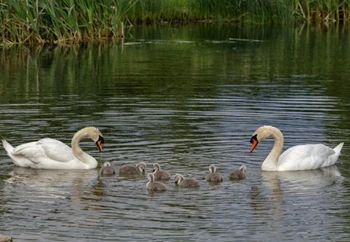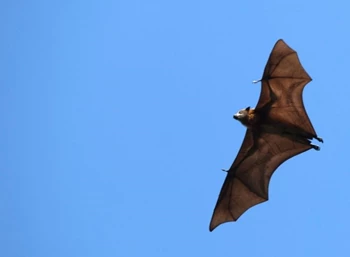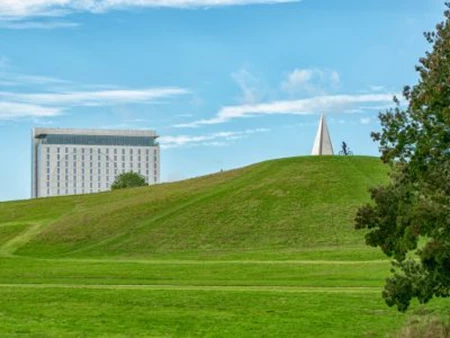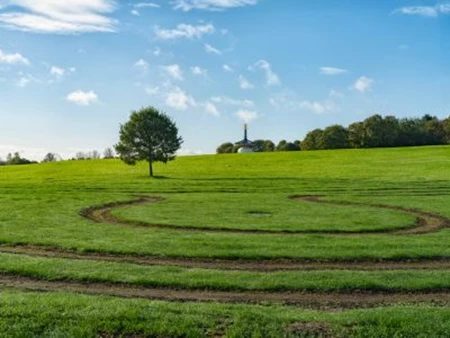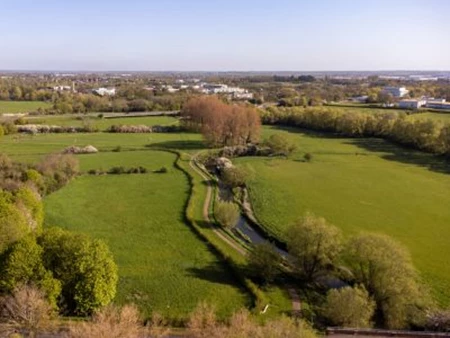Woodland Birds
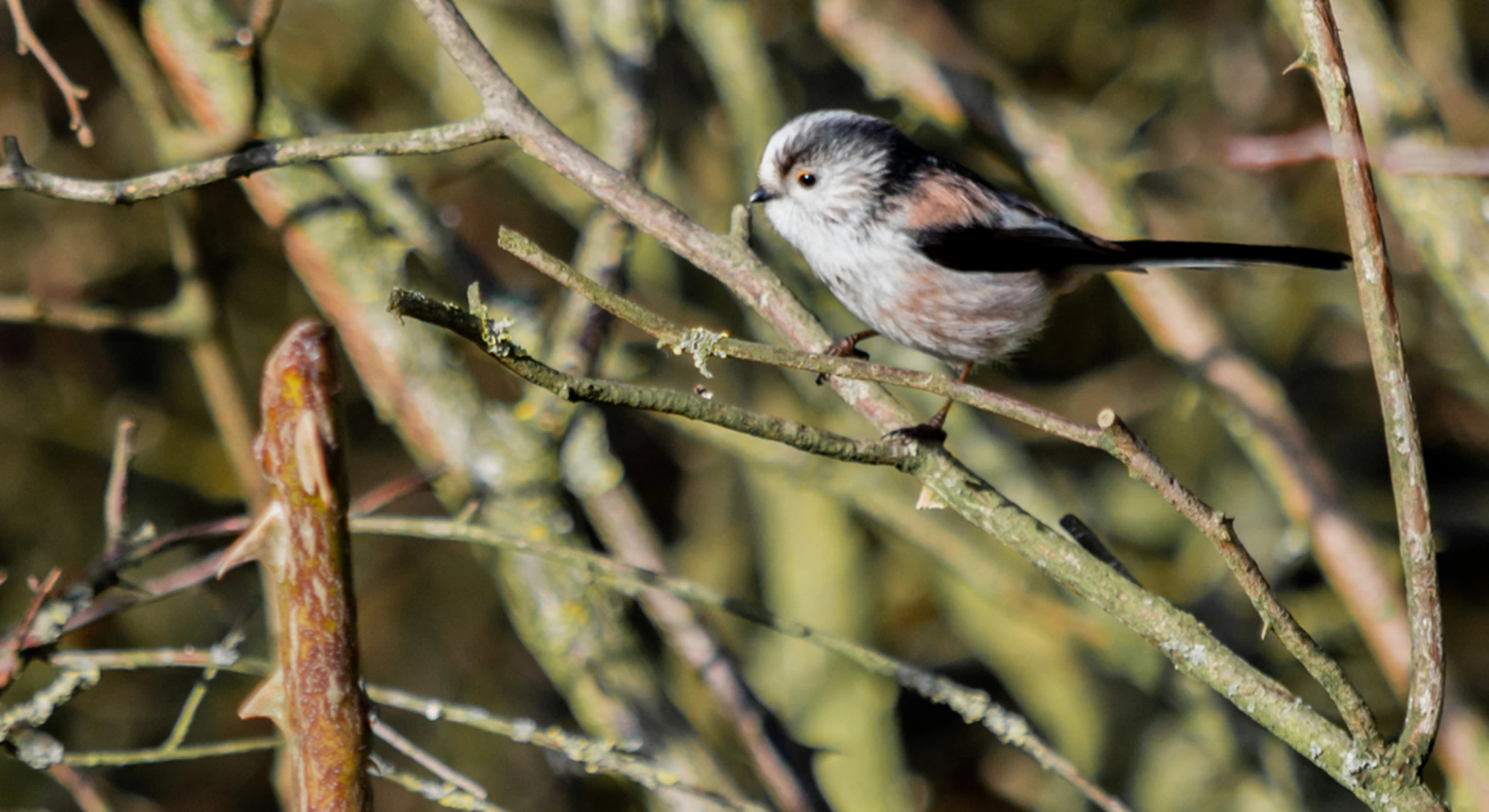
Woodland birds are able to thrive in Milton Keynes due to the breadth of habitats available to them, such as hedgerows and ancient woodland. Within the woodland itself, birds occupy multiple ecological niches, from the top of the tree canopy all the way down to the leaf litter and ground flora. You will find birds utilising a vast majority of what a woodland has to offer. Woodland birds range from the tiny Goldcrest and Common Wren to the Tawny owl and Red kite. The term ‘Woodland Bird’ also encompasses seasonal visitors such as the Cuckoo and House Martin.
Why do woodland birds need help?
Since 2015, 59% of woodland birds have shown population decreases (NHM, 2023), with a long-term overall decline of 27% since 1970 (BTO, 2020). It is suggested in the latest research that their decline may be due to an increase in intensive farming practices, such as the usage of pesticides. As is the case with most wildlife, birds are declining due to habitat loss, where the suitable habitat remaining is unable to support the previously seen populations of woodland bird species. Bird populations are a good indicator of the general health of an ecosystem, as they respond to changes and environmental pressures that may impact other species and are heavily studied, meaning these changes can be identified easily. All British birds are protected under the 1981 Wildlife and Countryside Act, making it illegal to disturb the nest or egg of any bird.
Species Spotlight
Green Woodpecker
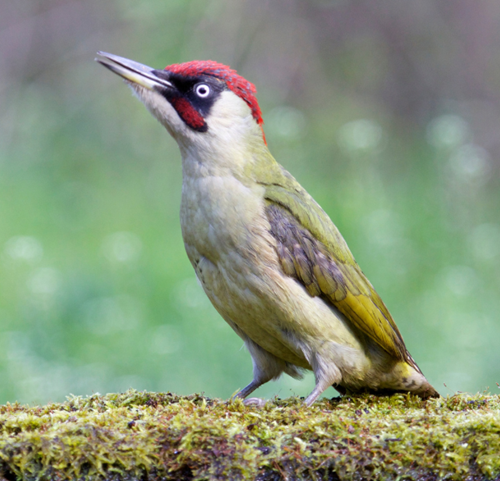
The Green Woodpecker (Picus viridis) is a UK resident bird that is widespread across Milton Keynes and the rest of England, Wales, and parts of Scotland. It is the largest of the three breeding Woodpeckers in the UK and has a very distinctive loud, laughing call. The Green Woodpecker has a conservation status of ‘green’, indicating that the population is stable, with an estimated 52,000 breeding pairs nationwide. Woodpeckers' diet largely relies on ants and other invertebrates. They use their long beak to dig through ant colonies.
Jay
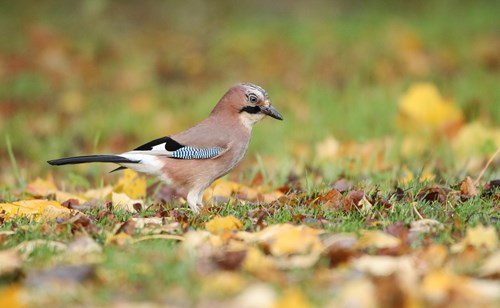
The Jay (Garrulus glandarius) is part of the corvid family, which also contains Crows, Magpies and Jackdaws. Despite being the most colourful member of this family, Jays are a shy woodland bird and are quite often challenging to spot. Jays are famous for their acorn feeding habits where, like squirrels, they will bury acorns in the autumn to return to them later in the winter. To be able to spot them, listen out for their distinctive ‘screeching’ call, which they often make when they are on the move. Jays are successful in Milton Keynes, as the grid road and redway system enable them to have a wider range by creating linear wildlife corridors.
Nuthatch
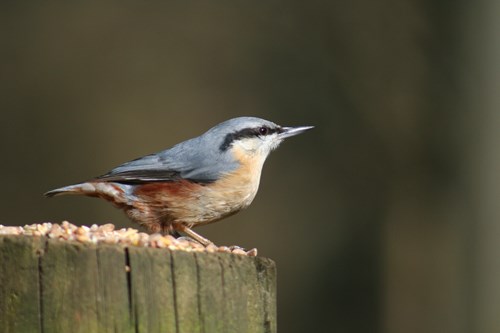
The Nuthatch (Sitta europaea) resembles a Woodpecker. However, its size is more comparable to a Great Tit. It is a resident bird in the UK, rarely travelling far from the woods in which they hatch. They are currently classified as having a ‘green’ conservation status, with an estimated 250,000 individuals nationwide. Nuthatches will nest in tree holes, often occupying old woodpecker cavities, and can be seen in deciduous woodland all year round. Their diet consists of invertebrates during the summer, which they retrieve from the bark of trees, and seeds and nuts in the winter. They quite often descend trunks headfirst when searching for food and are the only bird in the UK that has the ability to do this.
Tawny Owl
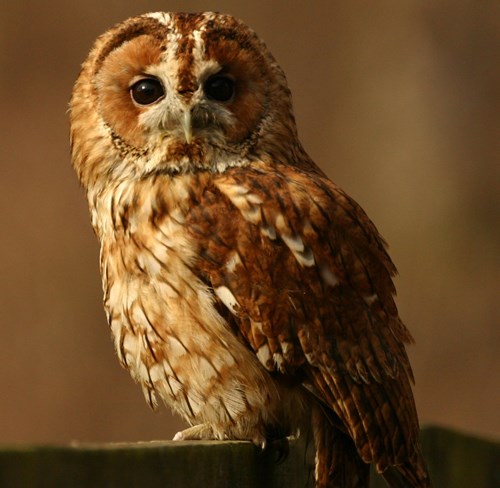
The Tawny Owl (Strix aluco) is the most common and familiar owl to reside in the UK. It often is found in parks, gardens and woodland, and currently is listed as having an ‘Amber’ conservation status. This species of owl produces the generic ‘twit-twoo’ owl call, which is actually a call and response between a male and a female rather than the call of a single bird. This nocturnal owl’s diet consists of small mammals, small birds, reptiles and fish, therefore making them a bird of prey. It is estimated that there are approximately 50,000 breeding pairs in the UK, where they are widespread across the country.
To spot some of these species of woodland birds, along with many others in Milton Keynes, visit any of our ancient woodlands (Howe Park Wood, Linford Wood, Shenley Wood), Floodplain Forest Nature Reserve, Linford Lakes Nature Reserve or your closest park with areas of woodland.

